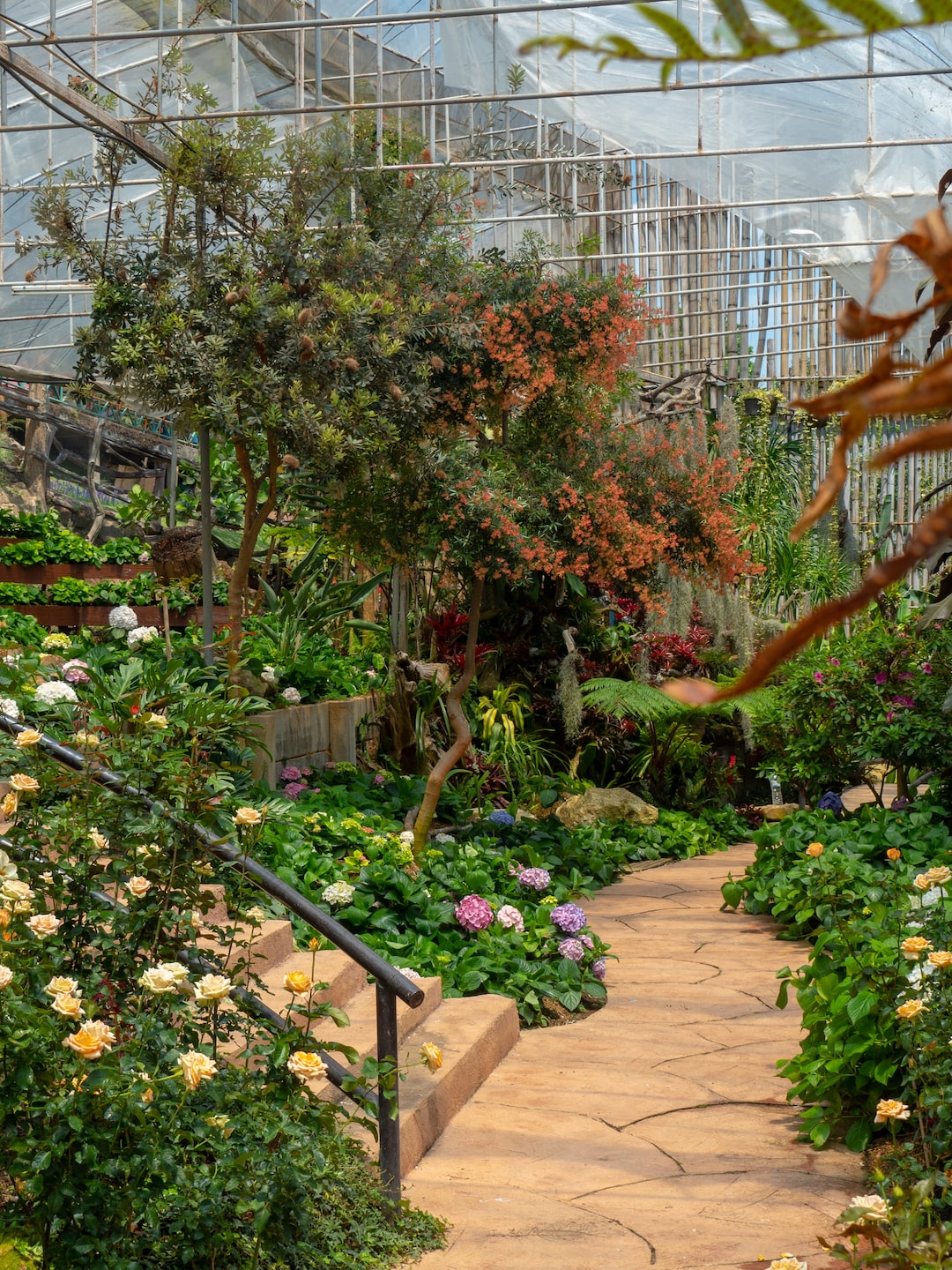Growing Herbs at Home: A Beginner’s Guide
Imagine stepping out into your garden, picking fresh herbs from your own herb garden, and using them to enhance the flavors of your homemade dishes. Growing herbs at home not only provides convenience and accessibility, but it also brings a sense of satisfaction and pride. Whether you have a spacious backyard, a small balcony, or even just a windowsill, you can create an herb garden and embark on a journey to becoming a green-thumbed herb enthusiast. In this beginner’s guide, we will explore the essentials of growing herbs at home.
Start with the Basics: Choosing the Right Herbs
The first step to growing herbs at home is to choose the right herbs for your garden. Consider herbs that you frequently use in your cooking as well as those that can thrive in your region. Common culinary herbs such as basil, mint, parsley, rosemary, and thyme are excellent options to begin with. They are versatile, easy to grow, and have a wide range of uses in the kitchen.
Selecting the Perfect Location
Next, find an appropriate location for your herb garden. Most herbs thrive in full sun, so choose a spot that receives at least 6 hours of sunlight daily. If you have limited space, windowsills and balconies can be perfect for herb cultivation. Ensure that there is proper drainage for potted herbs to prevent waterlogging. If you have a backyard, consider creating an herb bed or using containers.
Prepare the Soil
Once you have chosen the herbs and the perfect location, it’s time to prepare the soil. Herbs prefer well-drained soil that is rich in organic matter. Before planting, remove any weeds and loosen the soil with a garden fork or spade. Add compost or well-rotted manure to improve the soil’s fertility. You can also mix in some sand to enhance drainage.
Planting and Caring for Herbs
When planting herbs, ensure that you space them adequately to allow good airflow and prevent overcrowding. Follow the instructions on the seed packets or young herb plants for guidance on planting depth and spacing. Water your herbs regularly, especially during dry spells, but be careful not to overwater. Most herbs prefer slightly dry soil between watering.
Pruning and Harvesting
Pruning is an essential part of herb care as it encourages bushier growth and prevents plants from becoming leggy. Pinch or trim off the tips of the herb branches regularly to promote a fuller appearance. It’s important to harvest herbs regularly to encourage continuous growth and prevent them from going to seed. Harvest herbs in the morning when the leaves are at their freshest. Cut a few inches from the stem or pinch off individual leaves as needed.
Pest and Disease Management
Like any other plants, herbs can be susceptible to pests and diseases. Regularly inspect your plants for any signs of infestation or disease. Aphids, spider mites, and whiteflies are common pests that can affect herbs. Consider using natural remedies such as neem oil or insecticidal soap to control pests. Preventive measures like maintaining proper spacing and providing adequate air circulation can help reduce the risk of diseases.
Preserving Herbs
One of the benefits of growing herbs at home is the ability to preserve their flavors for future use. Air-drying, freezing, or making herb-infused oils are popular preservation methods. Harvest herbs just before they flower for best results. Simply gather the bunches, tie them with a string, and hang them in a cool, dry place. Once the leaves are dry and brittle, store them in airtight containers away from direct light.
With these basics in mind, you are well-equipped to begin your herb-growing journey. Experiment with different herbs, grow your knowledge, and watch as your garden thrives. Not only will your dishes be infused with fresh flavors, but you will also experience the joy of nurturing and cultivating your own culinary herbs. Happy herb gardening!

